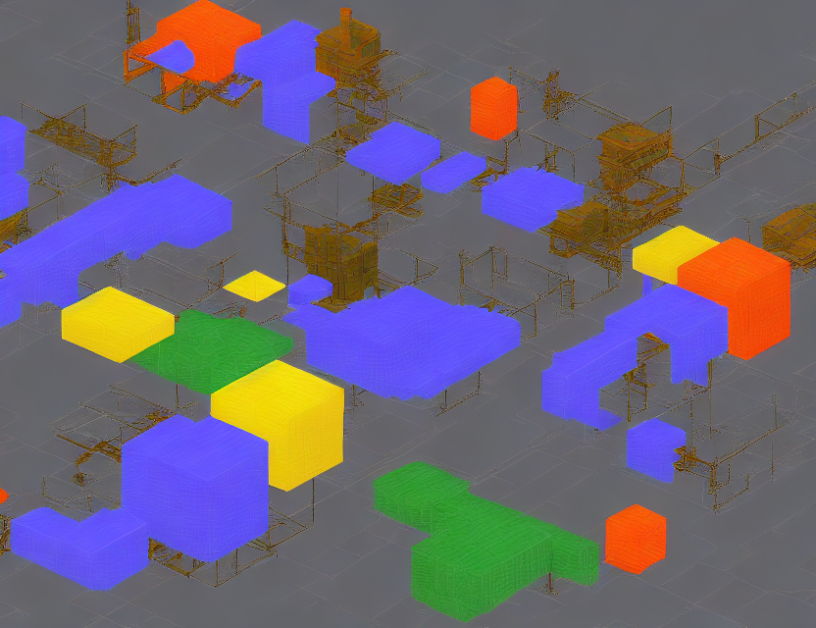In this paper, we explore the relationship between two seemingly unrelated concepts in computer science: parameterized complexity and lower bounds. Our goal is to better understand how these ideas intersect and how they can be used together to obtain meaningful insights into the limits of efficient computation.
Parameterized complexity is a theoretical framework that helps us analyze the computational resources required to solve complex problems. It’s like trying to build a tower out of blocks, where each block represents a small task. The height of the tower gives us an idea of how hard it is to build, and parameterized complexity tells us how many blocks we need to use to reach a certain height.
Lower bounds, on the other hand, are used to prove that no algorithm can solve a problem faster than a certain amount of time. It’s like trying to race against a speedy cheetah; no matter how fast you run, you’ll never be able to catch up. Lower bounds tell us how fast the cheetah is running, and how hard it is to beat it.
Our main result shows that certain problems in NP (a class of problems that are known to be hard to solve) can admit double-exponential lower bounds. This means that even if we have an amazingly efficient algorithm that can solve these problems much faster than anyone thought possible, it would still take an impractically long time to finish.
To achieve this result, we use a novel technique based on Sperner families of sets. Imagine you’re trying to sort a big pile of toys by color. A Sperner family is like a special kind of sorter that can divide the toys into smaller and smaller groups until they are all sorted. By using these families, we can encode complex problems in NP into much simpler ones that are easier to solve quickly.
Overall, our paper demonstrates how parameterized complexity and lower bounds can be used together to gain a deeper understanding of the limits of efficient computation. By studying these concepts, we can better understand which problems are truly hard to solve, and which ones might be solvable in the near future.
Computational Complexity, Computer Science
Lower Bounds for NP Problems via Novel Kernelization Techniques



